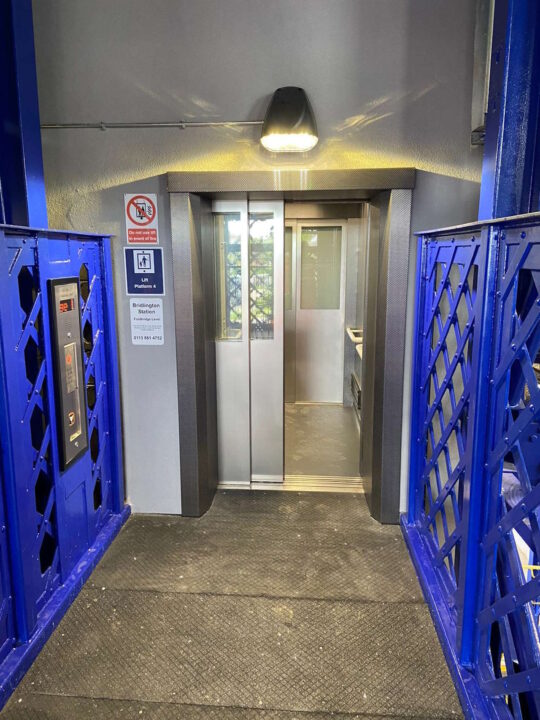The challenges on the Russian railway network keep growing bigger. A toxic mix of trade reorientation, staff and locomotive shortages, and network cluttering have strained Russian Railways’ (RZD) operations, and now it is putting a hold on container traffic to Moscow.
RZD has introduced a ban on container traffic destined for terminals in the Moscow region, which will be in force from 12 to 21 November. The measure concerns the Selyatino and Elektrougli terminals, where there is an overflow of containers, according to the Moscow Times citing RZD documents. Trains are now waiting approximately one thousand kilometres away, between the cities of Perm and Kirov.
Much like the freight terminals, the railway network in the Moscow region is also overloaded. As a result, delays in container deliveries have been growing bigger and have become increasingly common. A month-long waiting time is now considered good, and a two-month delay is no longer considered to be an exception.

Ever-growing problems
Russia has been struggling with an ever-increasing amount of problems on its railway network. Above all, RZD has a locomotive shortage as a result of a lack of maintenance capacities. There are not enough spare parts due to sanctions, but there is also insufficient qualified personnel to provide maintenance services. Another persistent problem is the driver shortage, which has now run in the thousands: according to RZD itself, it needs 2,500 more drivers to meet its demand. The shortages are taking a toll on RZD’s ability to transport freight around the country.
Those issues are amplified by Russia’s trade reorientation towards the east. It now seeks to export and import more goods to and from China, for which it needs to cover much larger distances, and therefore more locomotives and staff. There is also a commodity type imbalance, with containers coming into the country and raw materials leaving it.
As a consequence, containers are accumulating around the country. They are not being sent back with Russian products for Chinese customers, because China does not buy enough Russian products typically carried in containers. Now, there are so many stranded containers that the Selyatino and Elektrougli terminals cannot accept more. Similarly, Russia’s Far East is riddled with empty wagons that were used to carry raw materials to China for exports.
100,000 wagons off the Russian railways
In order to declutter the railway network, RZD wants to remove hindering empty wagons. It announced that it wants to take no less than 100,000 wagons off the railways. Shippers do not seem to be amused by that measure, because, they more and more often run into a deficit of wagons to load their products, according to the Moscow Times. Supposedly, 35 to 40 per cent of all freight in west Siberia (Russia’s main coal mining region) remained unloaded by the middle of October, if destined for central Russia.
Operators complain that RZD is intentionally reducing loading plans by a quarter and is introducing unprecedented limitations on returning empty wagons to the Far East.
